Includes per person per nighht:
- Overnight accommodation
- Breakfast buffet
4.56716416023709 of 5 Stars
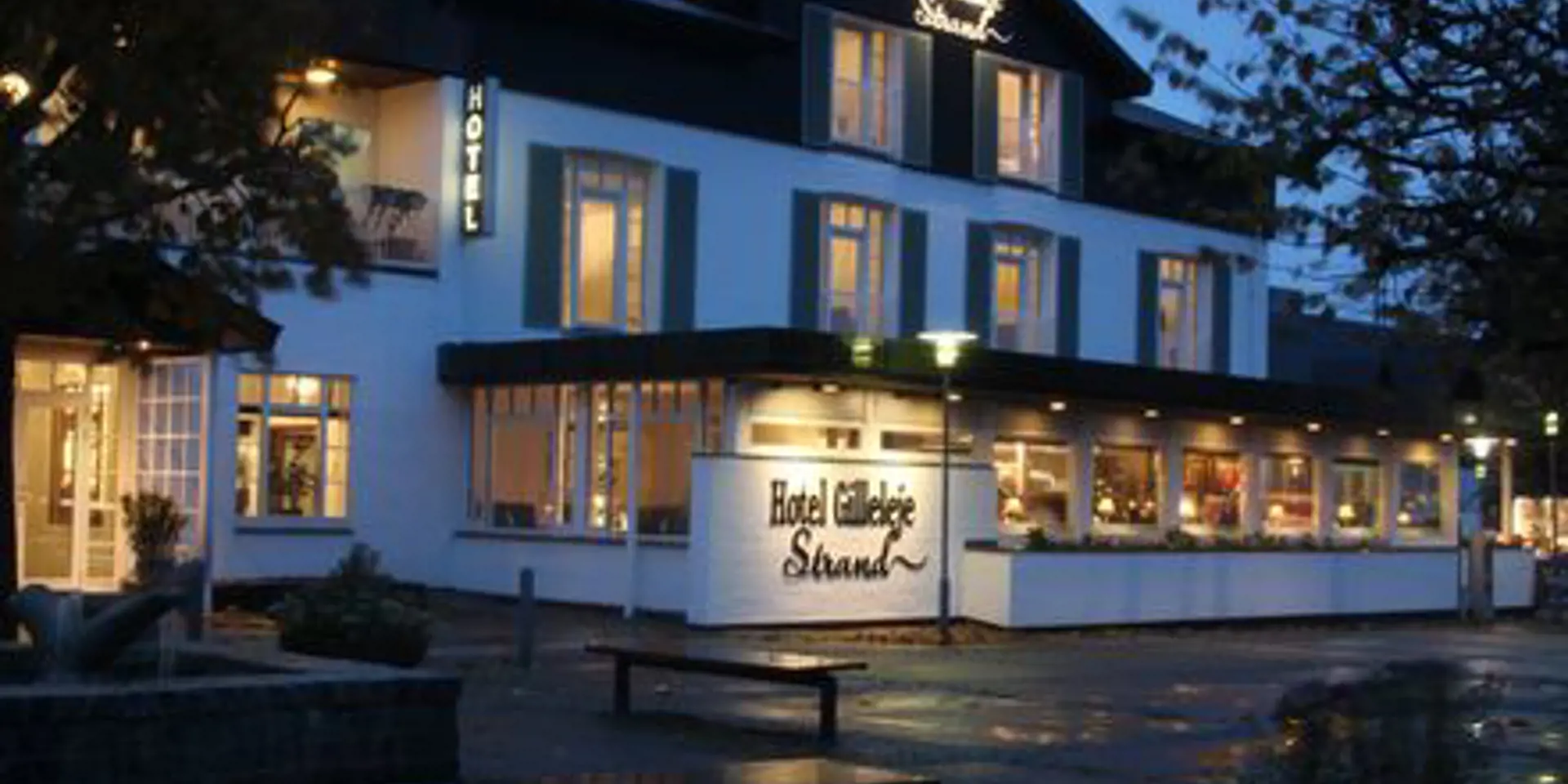
Includes per person per nighht:
Click the "See calendar and prices" button to choose dates and see the room selection.
See calendar and prices: Super StayHotel Gilleleje Strand is a tradition-rich seaside hotel from 1896, which recently has been totally renovated. The 25 rooms of the hotel differ, but they have the magnificent location in common: You can stay in the middle of Gilleleje.
Vesterbrogade 4B, 3250 Gilleleje
Show map
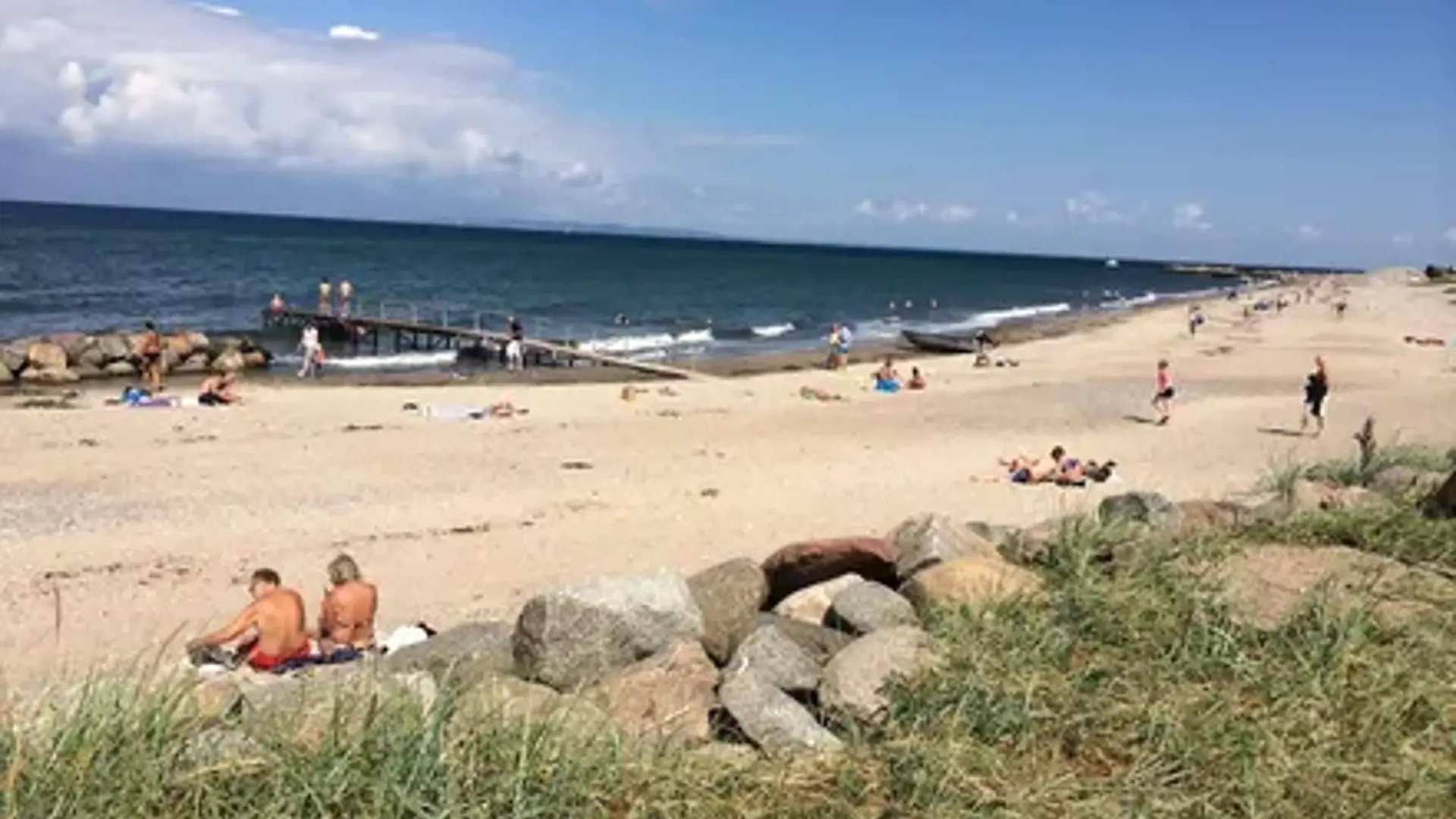
Arrival 10.04. – 11.09.24
Includes per person per stay:
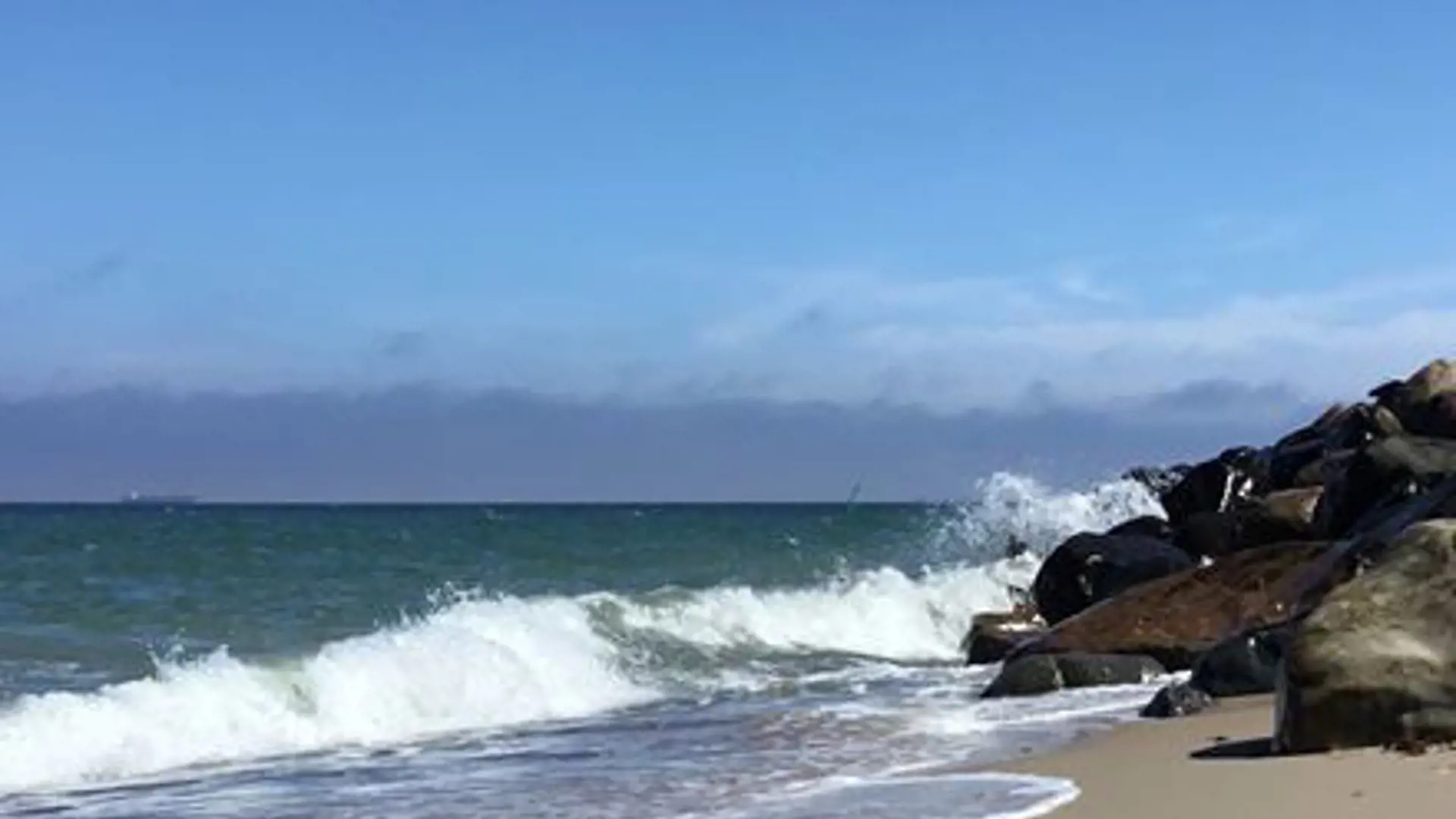
Includes per person per night:
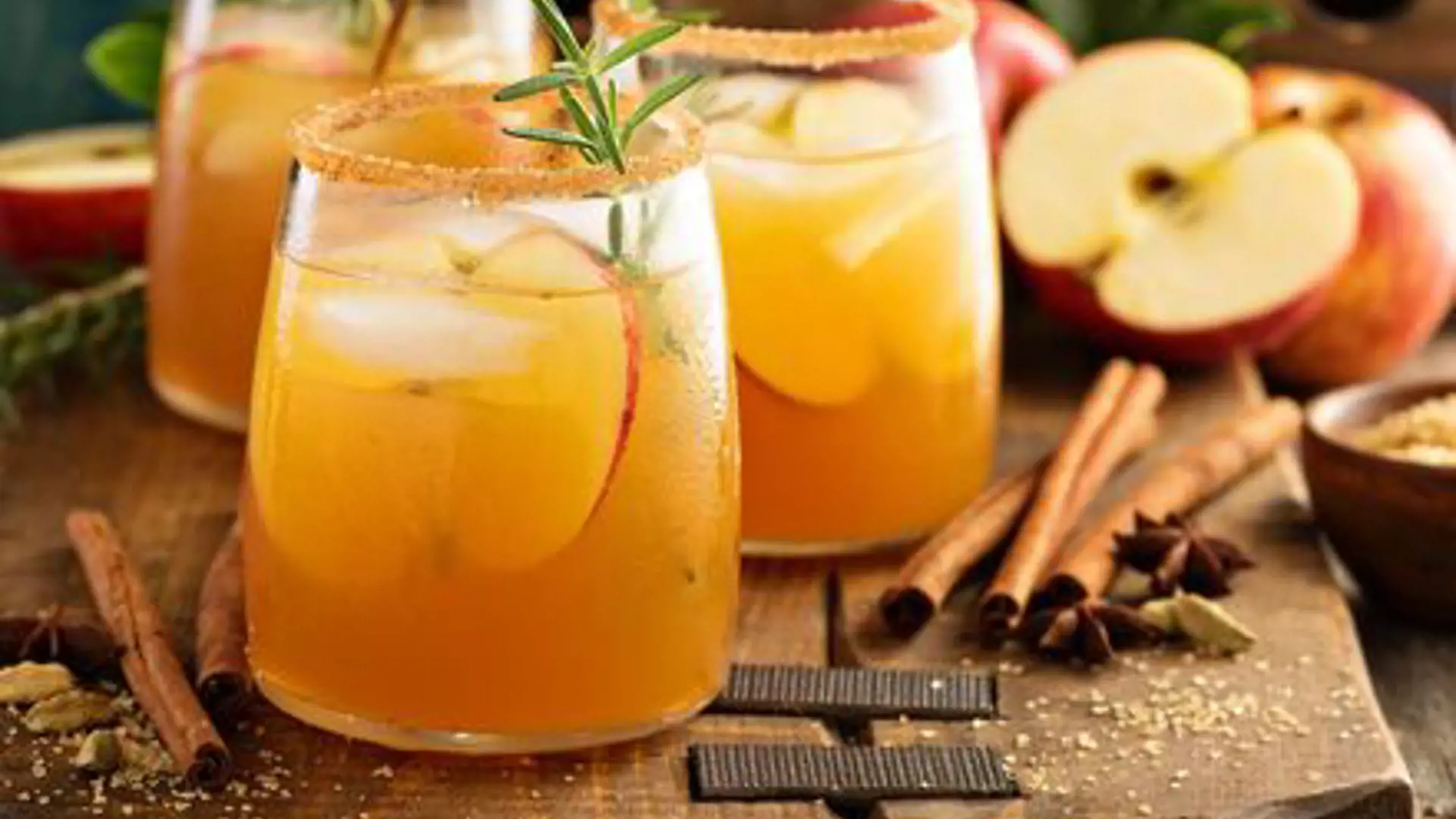
Includes per person per night:
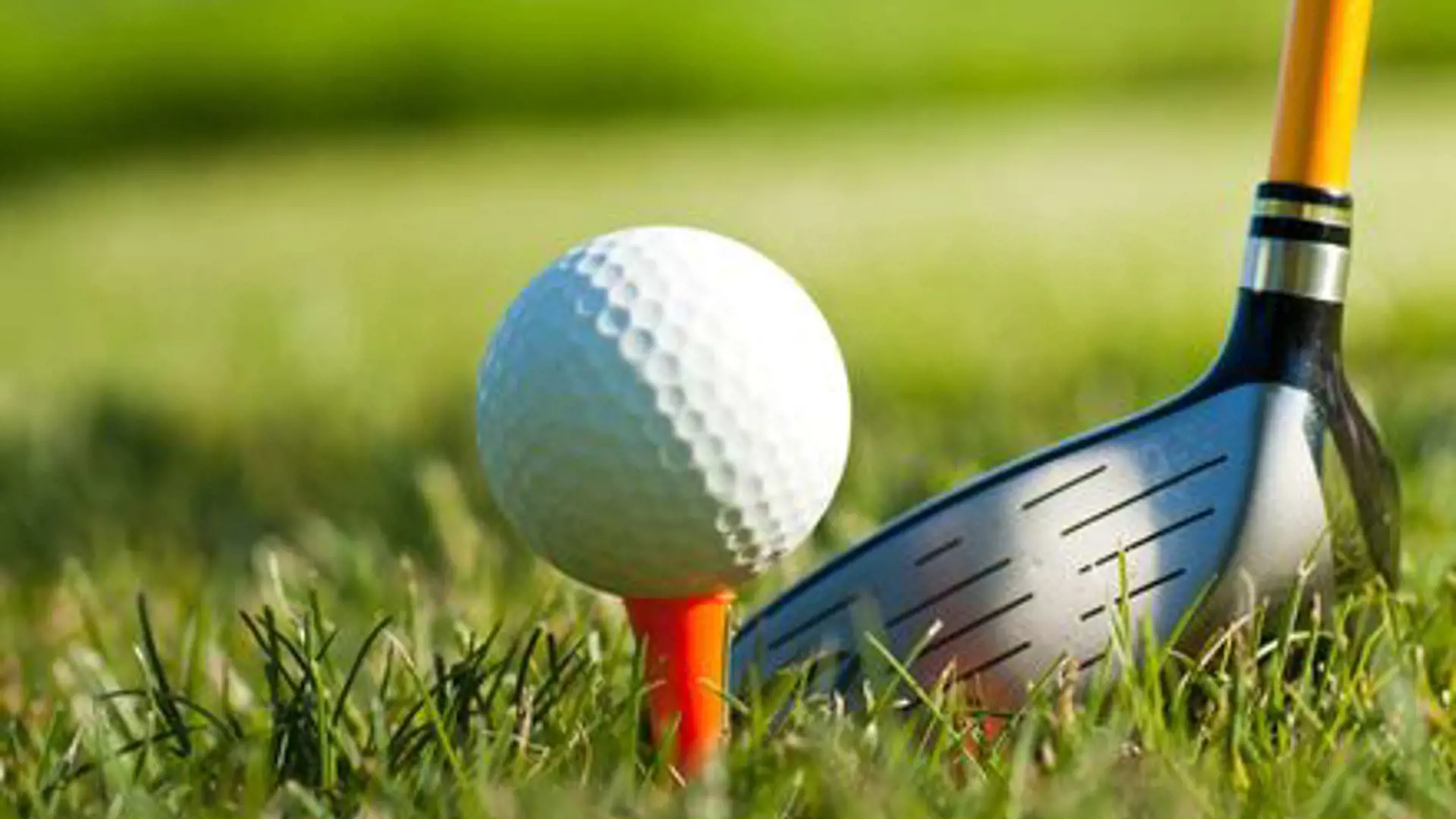
Includes per person per night:
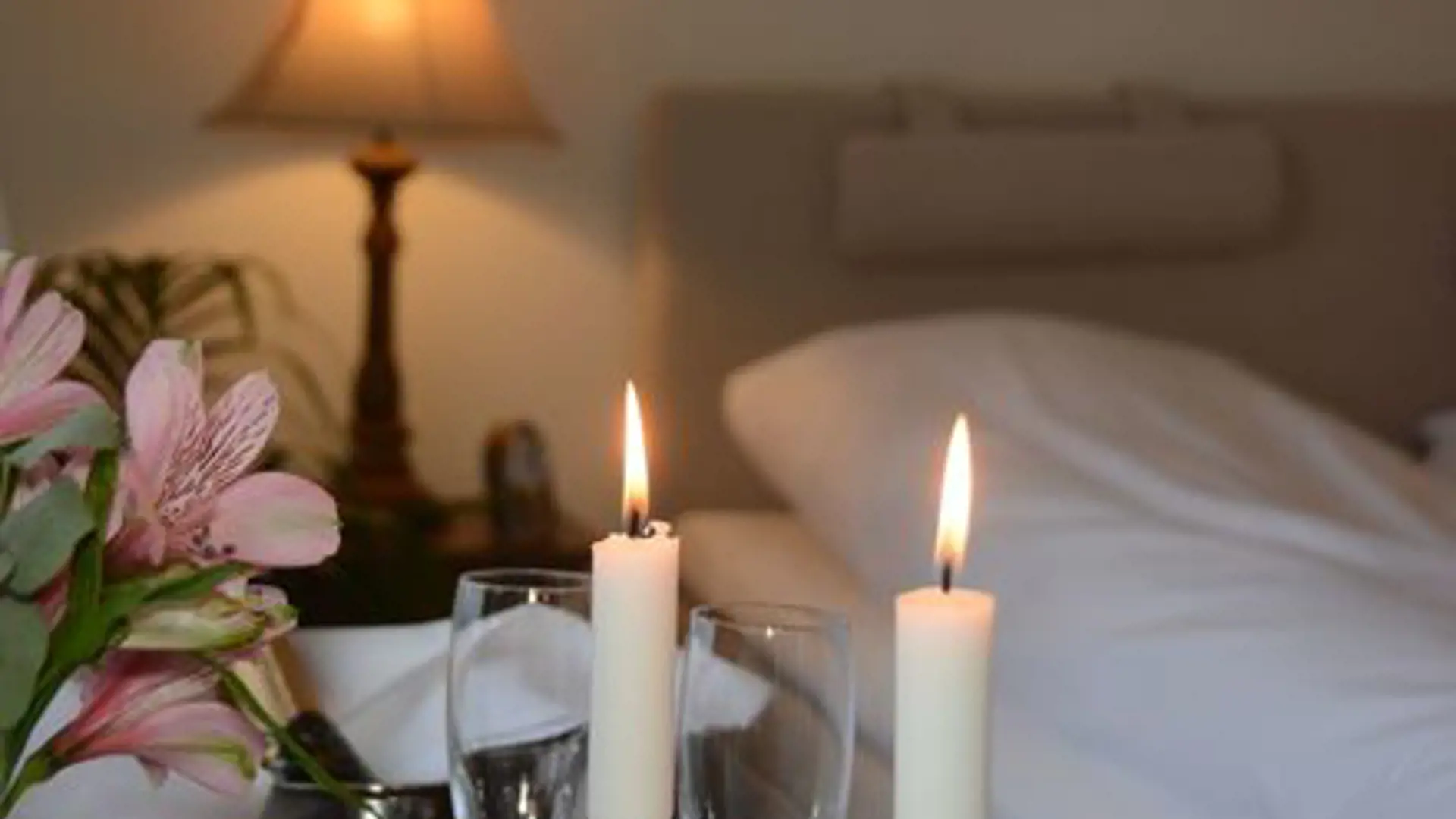
Romantik
Includes per person per night:
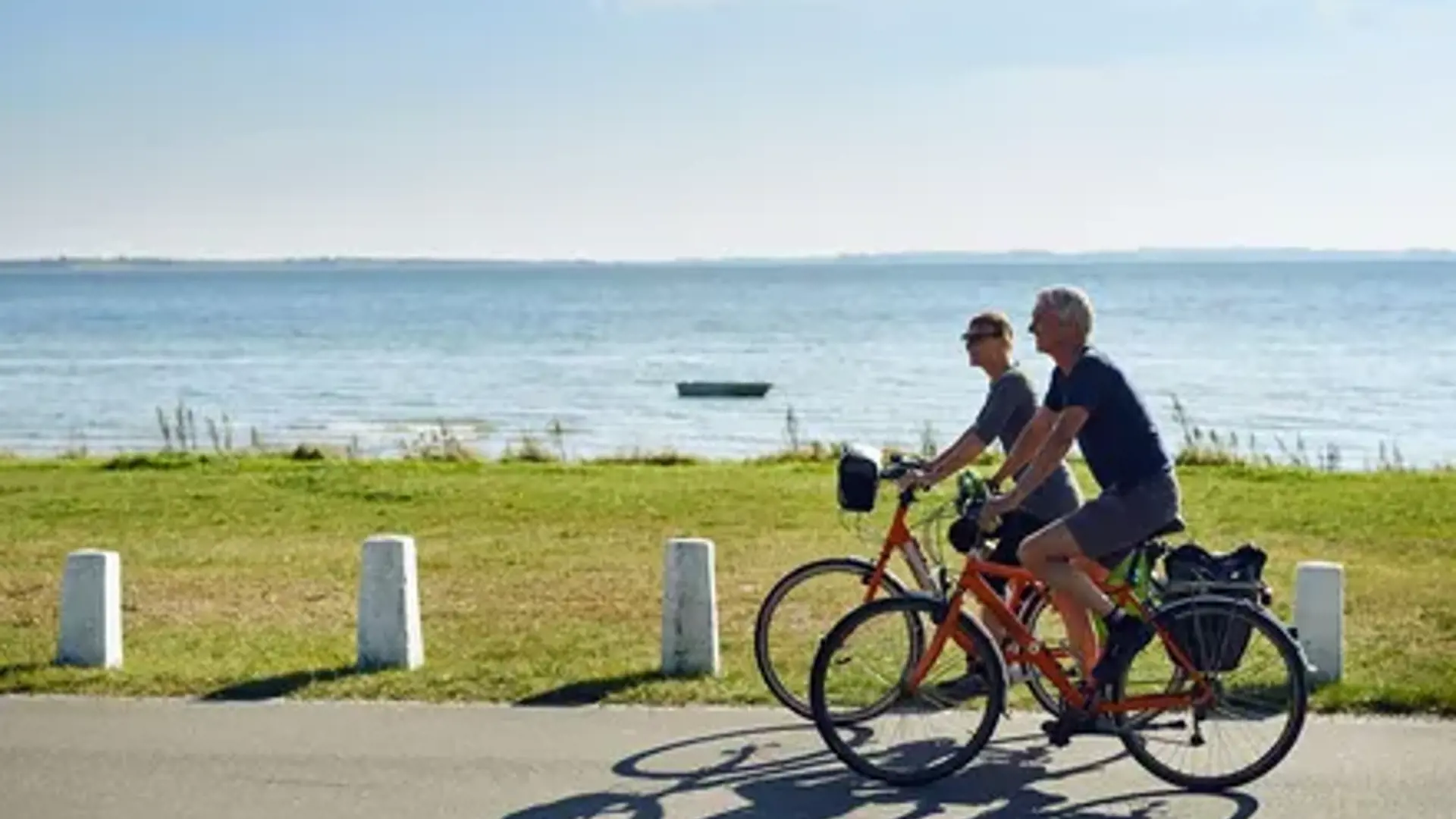
Includes per person per stay:
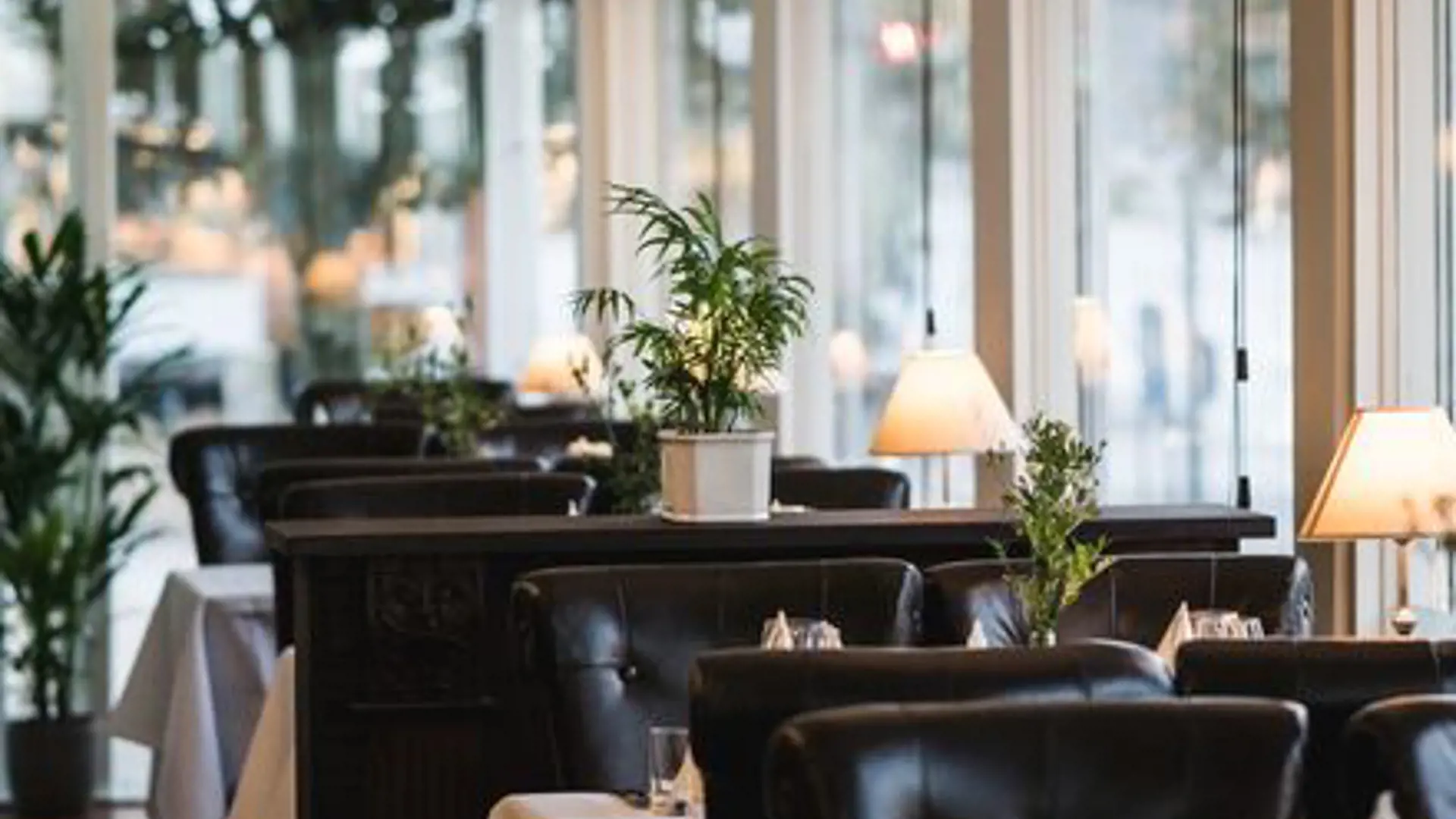
Standard Rate
Includes per person per night:
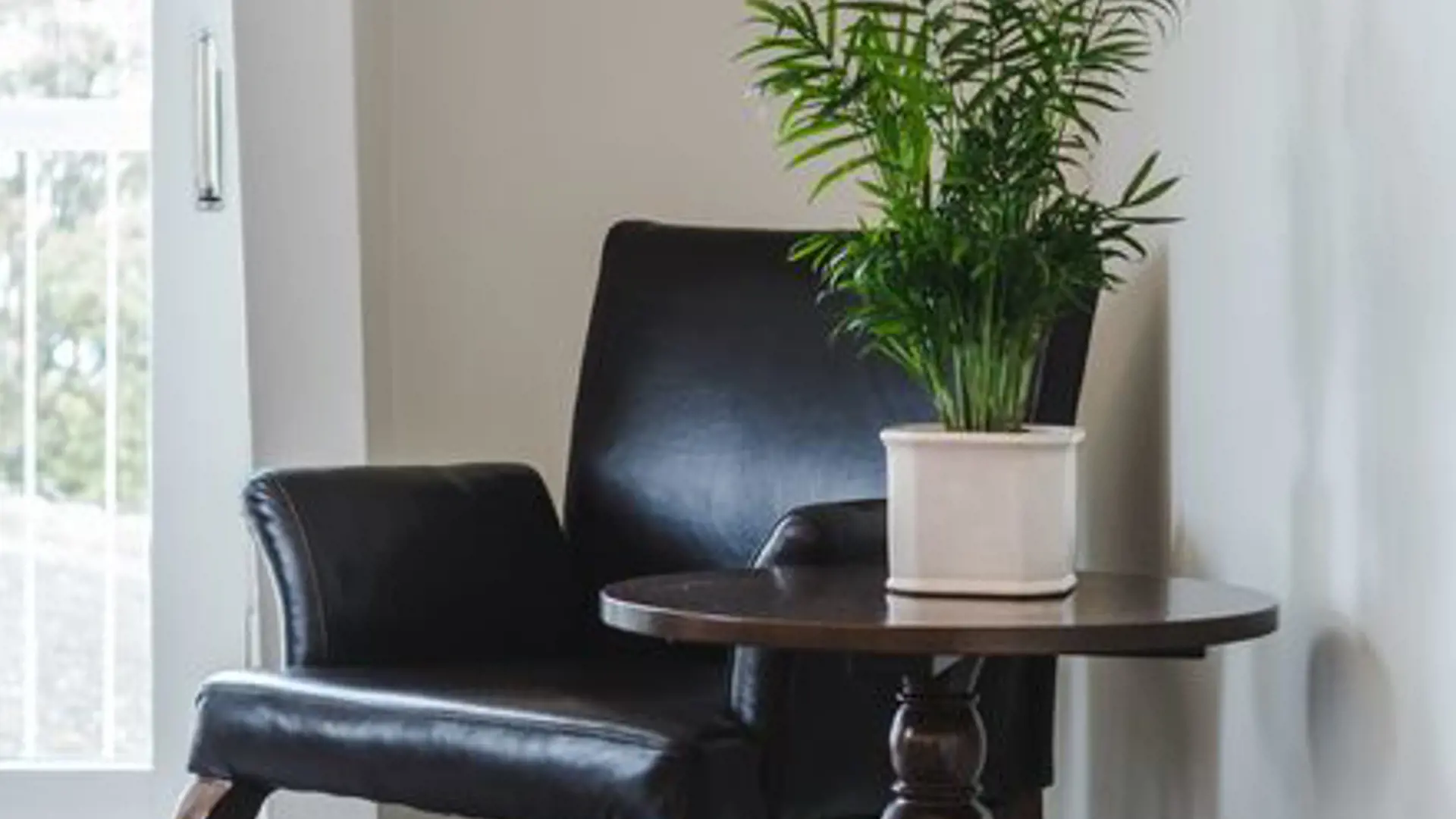
Includes per person per night:
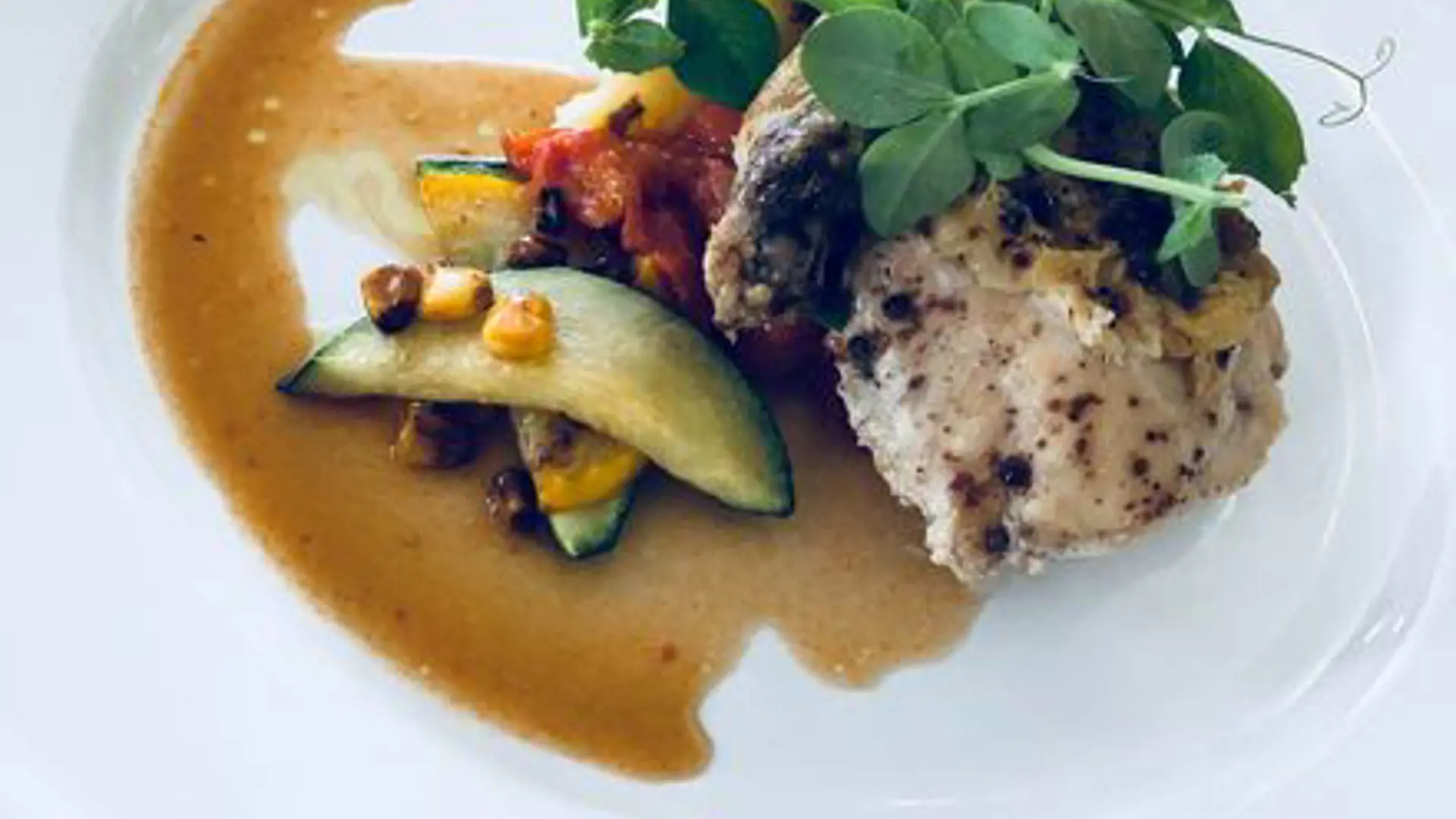
Minimum 3 days / 2 nights
Includes per person per night:
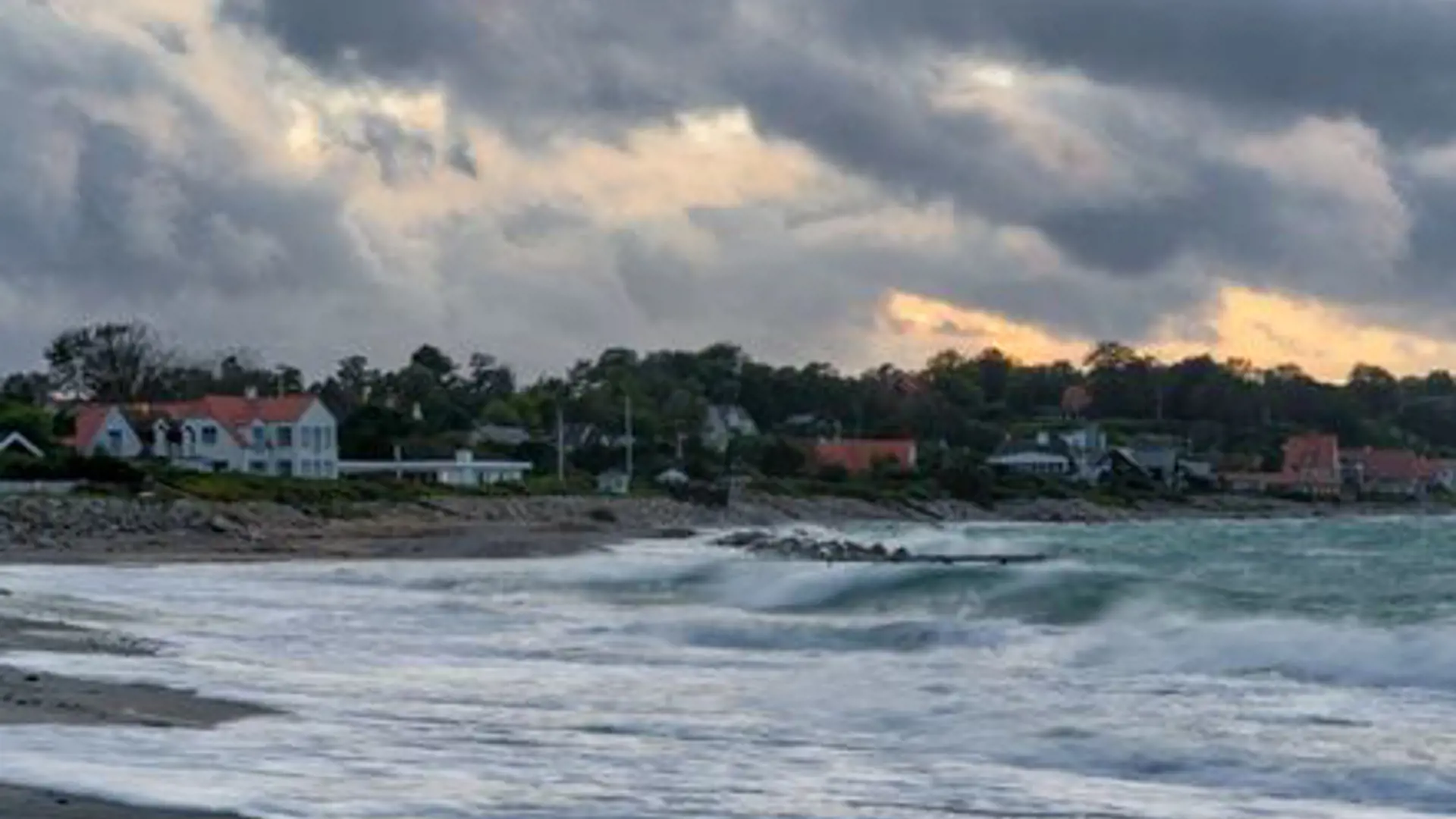
Arrival Sunday -Thursday from 17.09.23-20.12.23 and 18.01.-22.03.24
Includes per person per night:
0.45 km
The old classroom, with desks and chalkboards, takes you back in time and creates opportunities for conversations across generations. Also, see a small summer house and a holiday apartment as they appeared in the 1950s and 1960s.
Gain insight into fishermen's hard and dangerous lives through the ages by visiting the Old Fisherman's House. Learn about the Jews' escape from Gilleleje in October 1943, and see one of the boats used for the escape. Skibshallerne is a great starting point for tours around Gilleleje. In the beautiful fruit garden, you can relax and enjoy the surroundings. The café sells coffee, tea, soft drinks, and cake; you are also welcome to bring your own food. A walk along the Lighthouse Trail to Nakkehoved Lighthouse is also an option.
For thousands of years, people on the coast of North Zealand have utilized the sea's resources. At Skibshallerne, you can experience life by the sea, and see how fishing for plaice, herring, cod, and eel was organized throughout the year. The museum houses some of the country's oldest intact fishing boats, which fishermen launched directly from the beach before harbours were built. Also, see our collection of ship models and models of various fishing methods throughout the ages.
The exhibition explains how fishermen navigated the sea and remembered good fishing spots before modern navigation methods were invented.
The old fisherman's house shows how a fisher family lived in the 1800s. In the old classroom, you can experience a school as it was in great-grandfather's time. The holiday apartments are furnished as they were up to 1930 and show how people spent their summer holidays in Gilleleje in the past.
In October 1943, many Danish Jews fled to Gilleleje and the surrounding area to try to get to Sweden because of the German persecution. The fishermen sailed them across at night and often in rough weather, under constant threat of being discovered by German patrol boats. Most Jews escaped to Sweden, but some were captured by the Germans, such as those who hid in the attic of Gilleleje Church. Several of those captured ended up in concentration camps, where some died.
See the small fishing boat used to sail Jews from Villingebæk east of Gilleleje to a fishing cutter that took them further to Sweden.
The café sells coffee, tea, soft drinks, and cake; you are welcome to bring your own food and eat in the old fruit garden. The museum shop offers old-fashioned toys, candy, summer clothes from Chimono and Linen by Krebs, glass figures, posters, and hangings, among other things.
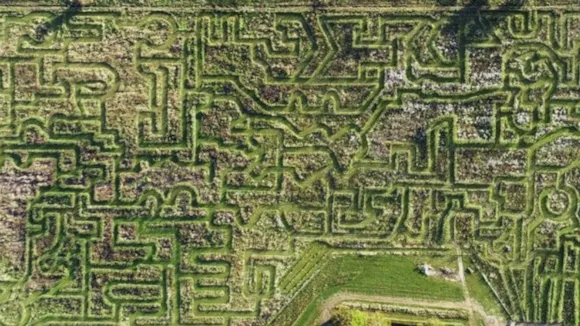
2.7 km
The Labyrinth of Gilleleje is a quiz maze with fun experiences for the whole family. Here you can challenge your trivia knowledge and walk in green surroundings. Choose your favourite quiz and let your answers guide you through the winding paths of the labyrinth. There are quiz questions for both young and adults with several different categories.
For example, test your general knowledge about animals, sports, leisure, or food and wine. When you meet a T-junction, you have to answer a question with two answer options that lead you to the right or left. If you answer correctly, you get the fastest way out, but if you answer incorrectly, you must go back the same way and try the opposite answer. With five different entrances, we ensure a great variety of routes.
When you have answered correctly and figured out the maze, you can rest well at the cosy picnic area by the entrance. You will find table-bench sets, where you can enjoy your packed lunch or buy a cup of coffee or ice cream from the stall.
There are also toilets with good changing conditions.
Experience the joy of taking a stroll with a charming alpaca in the beautiful natural surroundings around Gilleleje Labyrinth. Our experienced guides are ready to welcome you and ensure you have an unforgettable experience. Keep reading to find out all the details and plan your next outing with these fascinating animals.
3.94 km
Søborg Castle dated to the 1100s when Archbishop Eskild erected the first castle, a fortification enclosed by a ring wall and moat. The court was one of Denmark’s most significant and best-fortified strongholds in the Middle Ages and was occasionally used as a prison.
Several kings have stayed at the castle for periods of time, and King Valdemar Atterdag’s daughter, Margrethe (later Queen Margrethe I of Denmark), was born at Søborg Castle. Located by the castle is a small market town, Søborg, whose large and monumental church is approx. 1180 is worth a visit. It was constructed as a town church adjacent to Søborg Castle. Søborg Sø initially located the castle itself; a lake drained in 1872-96 when a canal to Gilleleje was excavated.
From the autumn of 2023, the work of recreating Søborg Lake will be completed and the castle ruin will once again be reflected in the blue lake water. The area will be redesigned with new paths for soft road users, horses, bicycles and pedestrians.
You can cycle to the castle ruin along Route 33 between Hillerød and Gilleleje. If arriving by car, there is a small car park by Bygaden just outside the town of Søborg – an excellent destination for a picnic with family and friends. There are picnic tables and benches, BBQs and plenty of grass and boulders to sit on.
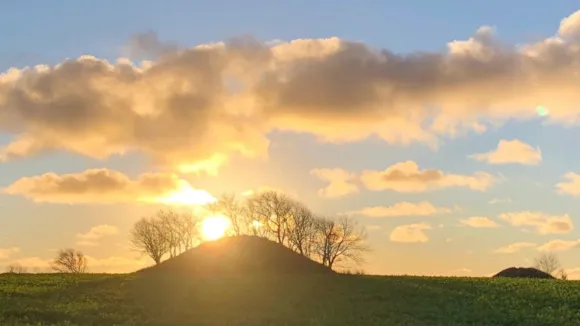
8.9 km
Rågeleje means »Rook's Boat Berth«. Råger is certainly identical with the long-gone town of Roka, made up of a few farms and named in the Codex Esromensis in 1211 (Esrum Abbey). After the town ceased to exist, the old land register named Råge Mark as part of Vejby's farmland. Rågeleje is almost certainly derived from the lost town, even though råge can also mean small mound.
Rågeleje was established as a town as late as in the early medieval period, as a seasonal settlement for herring fishermen that became permanent. It reached its hiatus in the 16th century, as one of the biggest fishing villages on the coast, with around 25 fishermen. But by the end of the last century, it had declined drastically. This was a common development along the whole north coat, caused by drifting sands and a periodic decline in the herring industry. The fishing village was abandoned from the middle of the 17th century and not used again until the early 18th century.
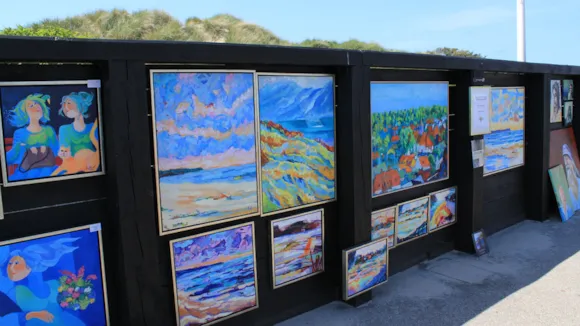
11.04 km
We are an association of active artists and craftsmen.
Our biggest event is Kunst på Molen at Hornbæk Harbour in the first weekend of July. 10.000-12.000 visitors come to meet the artists and craftsmen. Please feel free to contact the artists. Most of our members have always some new works for sale. Maybe just what you're looking for?
Read more on our website www.hornbaekkunstnerne.dk
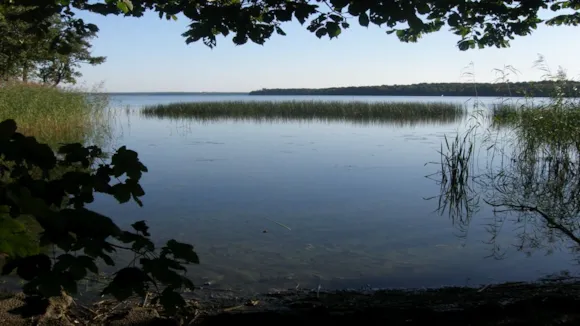
15.48 km
Do you want to breathe fresh air? Are you in the mood for some physical activity? Or do you need tranquility and meditation in nature? Lake Esrum is large enough to offer it all – it is Denmark's second-largest lake.
Lake Esrum is situated with the town of Fredensborg and Fredensborg Palace on one side and Gribskov on the other. Esrum Monastery is in the north, and Nødebo is in the south.
Yes! You are welcome to swim in lake Esrum – both in summer and winter. However, it's a good idea to be aware of algae before you take the plunge.
Check the water quality of Lake Esrum.
Angling at Lake Esrum is allowed. However, be aware that it requires a fishing permit before you stand with the fishing rod and cast the line. You can catch a wide variety of fish in the lake: lake trout, bream, pike, roach, perch, tench, eel, whitefish, and bleak – if you are lucky.
In 1996, the Danish record for lake trout was set in Lake Esrum with a fish weighing 8.25 kg!
See fishing regulations for Lake Esrum at the Danish Nature Agency.
There is a rich birdlife in Esrum Lake that you can observe. You can do this, for example, from two bird observation towers in the southern part of the lake. The Smew was previously rare but has now almost become a symbol of Esrum Lake. You can also see many swans on the lake.
Note that parts of the lake are protected. The protected area is marked with yellow buoys.
You can bring your own kayak, canoe, boat, or SUP board to Lake Esrum. It can make you break a sweat and cause sore muscles. Or it can be a meditative experience if you just glide peacefully through the water.
If you don't have your own vessel, you can, for example, rent one from "Sne og Vand".
Lake Esrum has been in North Zealand for thousands of years. It is believed to be a giant ice block from the Ice Age that melted and formed the lake.
The lake is approximately 9 km long and has a surface area of 17.3 km². The deepest point measures 22.3 m, and the average depth is 13.5 m. This gives a water volume of 233 million m³ – the largest in Denmark.
Part of the National Park Kings North Zealand
Esrum Lake is part of the National Park Kings North Zealand
due to its rich wildlife and varied nature.
Map of the National Park Kings North Zealand.
Things to see nearby
Esrum Monastery – See how the monks lived in the Middle Ages and visit the lively medieval market.
Fredensborg Palace – Visit one of the queen's favorite palaces and explore the enormous park around it.
Parforce Hunting Landscape, UNESCO – Experience the enormous, human-created landscape with symmetrical paths and roads in Gribskov.
By the lake, on the side where Gribskov is also found, there are two primitive accommodation sites and several barbecue areas. Read more about camping and barbecue sites.
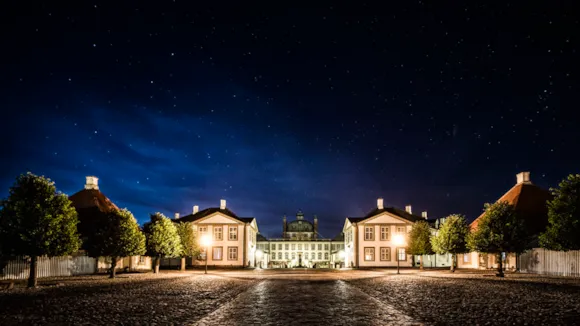
16.97 km
Fredensborg Palace, or as it translates into “the Palace of Peace”, got its name as a commemoration of the ending of The Great Northern War in 1722, when the palace was built. The palatial complex was gradually constructed through the 1700s. It was designed by the best Danish architects of the time, J.C. Krieger, Nicolai Eigtved, L. de Thurah and C.F. Harsdorff. The palace and the palace garden as an entirety exemplify the French baroque style – and therefore, the palace is often referred to as Denmark’s Versailles.
The palace is often the setting for important events in the royal family, including weddings, anniversaries and birthday parties. Here heads of state on official visits are received, and foreign ambassadors present their credentials to the Queen. It has been a long-held tradition for visiting state leaders to inscribe their names on one of the window panes of the palace using a diamond pen.
Fredensborg Palace’s garden is one of Denmark’s most prominent historical gardens. Long, straight avenues extend from the palace in a star formation, a characteristic of the garden's original French baroque style known from Versailles. Some avenues have recently been recreated, including Brede Allé, which was opened in 2013 after an extensive restoration. On your visit to the beautiful garden, you will see numerous sculptures. Between the avenues, you find large forested areas with twisting paths dating back to the end of the 1700s and mid-1800s, where almost all baroque gardens were converted to the Romantic style.
A part of the palace garden is reserved for the royal family. Here you can, amongst other things, visit the herb garden, which provides fresh vegetables and flowers for the royal household, and the modern orangery, which was inaugurated in 1995. This part of the garden is open to the public during some of the summer holidays. Check the dates at kongeligeslotte.dk.
A unique experience in Frederiksborg palace is the Norseman's valley, where 70 sculptures of Norwegian and Faeroese farmers and fishermen are presented. The valley was comprehensively restored and re-inaugurated in 2002.
You can go on a guided tour and visit parts of the palace, the palace chapel, the Private Garden and the Orangery during some summer holidays. Check the dates at kongeligeslotte.dk. Read more and buy your tickets for Fredensborg Palace for Fredensborg Palace.
During the same period, you can enter the Private Garden for free from 9.00 -17.00. The surrounding palace garden is open to the public all year round.
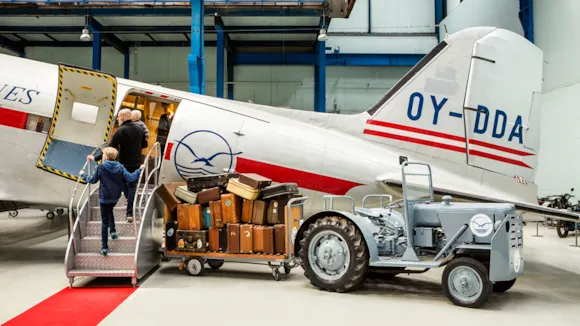
19.72 km
What did the very first cars look like? How about the history of the telephone - from the first of its kind to the smartphones we all know today? And what does a space capsule look like? Come and learn more about the fantastic and breakthrough technical inventions and the people behind them.
The museum has an impressive collection of steam engines, electrical inventions, bicycles, cars and aeroplanes. There is also a pewter workshop from the 1920s and fire and life-saving station from around 1960. The Danish Museum of Science and Technology invites you on a journey where bridges will be built between you and Denmark’s technological history.
The Danish Museum of Science and Technology is for the whole family. From the first exciting fascination of machines to the critical contemporary views of everyday technology to the nerdy insight into mechanics and function. At the museum, the objects form the basis of the stories and we will look at the first technical inventions, today’s technology and what the future may bring.
The Danish Museum of Science & Technology is more than 100 years old and some of the museum objects are even older – from extremely heavy and big computers the size of an elephant to small, pocket-sized smartphones. The world of technology is constantly developing, and we can only try and guess how the future robotic vacuum cleaners, virtual reality and cars will look like.
Please find more information on exhibitions, guided tours, open workshops and extra activities in all the school holidays on www.tekniskmuseum.dk
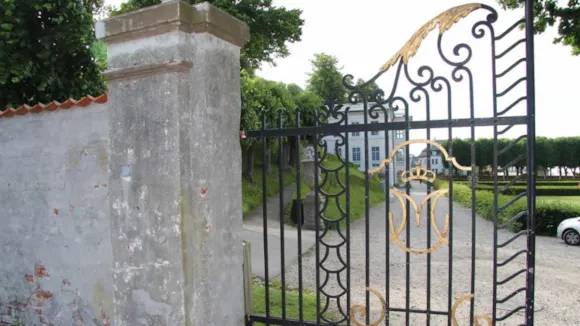
20.8 km
Marienlyst Castle was built in 1588 by Frederik II, who also built the Kronborg Castle. The original castle was a tower-like building, designed as a pleasure and hunting garden for the royal family. This striking country house was completed the same year that Frederik died, but many monarchs subsequently enjoyed the grounds, for both recreation and as a place to enjoy peace and tranquillity while they worked.
The current building was constructed between 1759-64 by eighteenth century architect Nicolas-Henri Jardin. The castle boasts a stunning and romantic garden that became famous for its beauty and magnificent views. Notable admirers included the famous fairy tale writer Hans Christian Andersen, who visited the garden in 1826.
Preserving history
After many years, large parts of the Castle fell into disrepair but in 2012 an association was established to help protect this impressive architectural achievement. With around 1200 voluntary members, Friends of Marienlyst Castle ensures that public access to the castle and gardens can continue, as well as maintaining the preservation of all the historic and architectural wonders inside and out.
The building's distinctive interiors contain craftsmanship of the finest quality, carried out by the country's most important royal court painters, stucco artists, sculptors, wood carvers, gilders and stone masons. Inside a host of treasures await, including decorative mirrors, grand chandeliers, gilded wood ornaments, wall paintings, tables and panels. Often left in the shadow of the more famous Kronborg Castle, we recommend you take time to experience Marienlyst, you will not be disappointed.
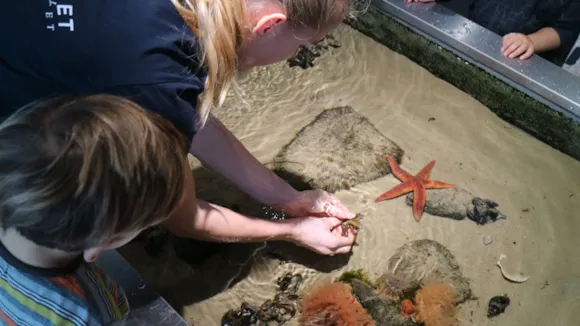
21.2 km
In the child-friendly “touch-tanks” you can pat a crab or hold a starfish in your hands. Come and see the animals being fed several times a day and participate in exciting sea activities during the holidays. There is always a guide present, ready to answer your questions about the animals.
There is fantastic animal and plant life in the Sound, and in The Water Laboratory at Elsinore harbour, you will get the opportunity to see and feel a small part of the Sound. Here you can get very close to the unique fish and wildlife in the Sound and see the fascinating habitats of the Sound. Try The Water Lab and get closer and examine life under the sea.
In Elsinore, you can come out on the Sound and experience Denmark's smallest whale up close. The population of porpoises has multiplied over the last 20-30 years and they thrive in the Sound, where there is plenty of food for the small whales. At Øresundsakvariet’s safari tours in 2019, guests saw porpoises on all the tours.
Take friends, family or colleagues on a safari and experience Denmark's smallest whale, or scout for the large Atlantic tuna that has returned to the Sound after decades of absence. There is room for 12 people on the boat
Øresundsakvariet works actively to protect the Sound and preserve the unique marines rich fish-, animal- and plant life. Among other things, Øresundsakvariet informs about the life in the sea which creates interest, which hopefully leads to respect for nature and a desire to take good care of it.
In addition, Øresundsakvariet also teaches thousands of children each year through their school service, the aquarium develops and participates in projects for nature conservation and engages in dialogue with politicians and opinion-makers about the unique wildlife of the Sound.
Did you know that we only know about 0.0001 per cent of the deep sea? Biologists expect that most of the Earth's species and habitats are beneath the ocean's surface, but knowledge of them is poor. The sea is secretive, rich in resources, fascinating, endangered, and is the basis of all life on earth. At the same time, the sea is one of the most endangered natural resources on the planet.
Life in the world seas is seriously threatened by, among other things, plastic pollution. The UN's 17 goals, which by 2030 will set us on a course for more sustainable development for both humans and the planet, among other things include the focus on marine life.